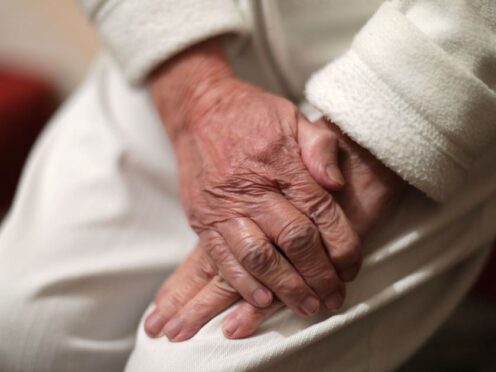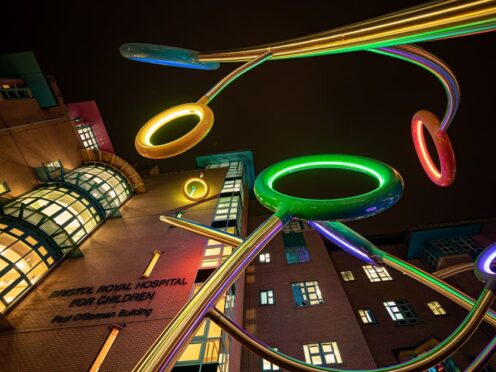Acid reflux affects around seven million Brits at some point or other. We most commonly think of it in terms of heartburn – that nasty, burning sensation in the stomach, oesophagus (gullet) and sometimes back of the throat, often accompanied by a horrible taste in the mouth, which can be painful and distressing.
As Dr Jonathan Aviv points out in his new book The Acid Watcher Diet (Hay House, £12.99), however, it can also cause other symptoms beyond heartburn, including a lump-like sensation in the throat that causes difficulty swallowing, chronic coughs, sore throats and hoarseness – often people may not realise these things are linked with acid reflux.
Many of us will experience a bit of acid reflux from time to time. Some people can be more prone to it though, and it can become an ongoing problem. It’s important to pay your GP a visit if you’ve been experiencing acid reflux symptoms for a couple of weeks or more, so they can keep an eye on it and investigate further if necessary.
Certain things are known to be common triggers for the problem, such as heavy, rich meals and eating too fast. “Acid reflux can be caused by our eating habits; eating too much or eating too much of certain types of foods, especially fatty foods, and ‘treating’ ourselves more often. The stomach takes longer to get rid of stomach acid after digesting a fatty meal, which can result in excess acid. This can then leak up into the oesophagus and cause discomfort,” explains Shona Wilkinson, nutritionist at www.superfoodUK.com. “Consuming more alcohol, coffee or chocolate can relax the muscles at the bottom of the oesophagus, which can then lead to a burning sensation.”
But what about less obvious triggers?
1. CHOCOLATE
In his book, Dr Aviv outlines a two-part plan to help combat acid reflux, along the way identifying a list of things to avoid, including chocolate. It contains methylxanthine, he notes, which increases stomach acid production.
2. SEED OILS
Rapeseed and sesame oil might be on trend right now, but Dr Aviv notes that while they have a borderline pH, often they’re essentially acidic, due to chemicals involved in the extraction process. Switch to extra virgin olive oil instead.
3. SIT-UPS
They may be a go-to exercise for toning and honing those abs, but if you’re prone to acid reflux, doing sit-ups can encourage gastric acid to flow upwards, resulting in symptoms, points out Dr Aviv.
4. CANNED SOUP
Dr Aviv notes that dietary acid can be an aggravating factor. While some foods are known for being acidic, sometimes it’s a little less obvious. Canned soups and vegetables, especially if pickled or fermented, are an example. Look out citric or ascorbic acid in the ingredients.
5. CHEWING
Alison Cullen, nutrition therapist and health educator, advises to chew your food. “Try and savour the food that you eat, and chew each mouthful at least twenty times before your swallow.”
6. TIGHT CLOTHES
An uncomfortably tight waistband, which puts pressure on the stomach, could make symptoms worse. So avoid clothing that is too tight, and wear comfy waistband, especially if you are eating a large meal.
7. GETTING OLDER
Dr Sarah Brewer, GP and Healthspan medical director, points out that as we age, our digestive system becomes less effective. So the older you are, the more likely you are to suffer from heartburn.
8. STRESS
It’s a factor in so many health conditions, and can worsen acid reflux symptoms too.
“Heightened stress and anxiety can also result in indigestion, often caused by stomach acid.
“To combat this, breathe deeply and slowly through your diaphragm in order to trigger the parasympathetic nervous system,” suggests health psychologist Dr Megan Arroll.
9. SLEEPING RIGHT
Dr Brewer advises trying to sleep on your left side, if acid reflux is an issue.
A study in the Journal of Clinical Gastroenterology found that sleeping on your left side is the best way to avoid heartburn at night, while sleeping on your right might aggravate it.










